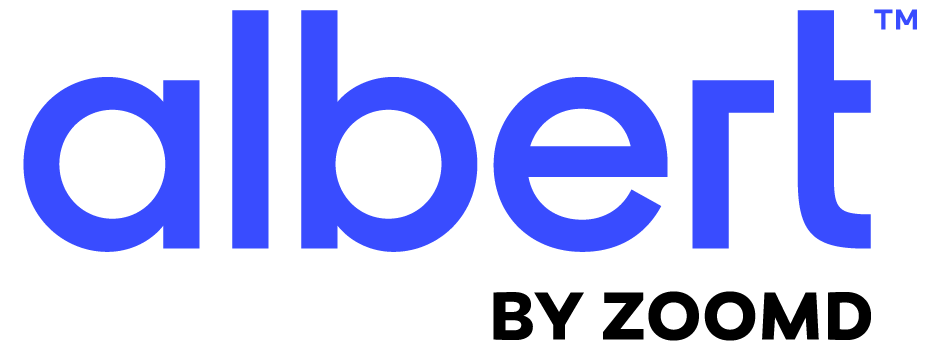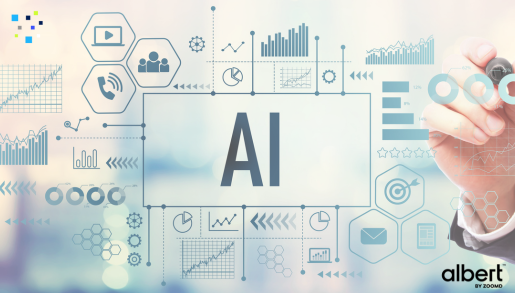ChatGPT, Dall-E… AI is making a lot of global noise, especially taking over the advertising and marketing industry with great hopes of making it better. At Albert, we believe that AI isn’t about fully replacing us humans. Instead, it’s about empowering marketers with tools that help with some of our tasks, and free us to focus on business driving strategies, that take our efforts to the next level.
Albert was developed based on the notion that you can simply get much more done and see immediate results in less time than you could expect. It’s the AI platform that combines marketing departments, plans advertising strategies in advance, executes campaigns, and optimizes along the way.
To provide an idea of what’s possible when advertisers join forces with AI, we decided to pull the curtains for a behind the scenes look at our customers’ campaigns. Check out these 4 case studies:
1) A Retail Brand Increased Return on Ad Spend by 30% with Better Efficiency and Insights
Challenge: Crabtree & Evelyn has been pampering customers with home spa products and fragrances, among others, since 1972 in over 200 stores across 65 countries. Its advertisers managed campaigns manually and kept reaching the same audience. The company wanted to reach new audiences, yet lacked necessary insights.
Solution: Albert gained data from all previous media campaigns initiated by the brand, understanding what’s working via multivariate testing, and only then, cautiously, used the company’s budget to run new and smarter campaigns on social and search platforms
Results: The company welcomed new personas data and, with Albert’s insights, understands its customer journey better. That contributes to both branding and product development. Return on ad spend quickly increased by 30% – without increasing media spend.
Read the full case study here.
2) A CPG Brand Gains a 20% Revenue Increase during the Most Competitive Time of Year… in Previously Considered Lackluster Geographies
Challenge: A high growth CPG brand, with thousands of products, needed to grow its margins for established distribution channels as well as its developing eCommerce presence. It needed to do so in a crowded market. Moreover, it decided to let go of its agency and needed in-house help.
Solution: Around Black Friday, the country was split between the agency and Albert, the latter getting less valuable territories. Albert combined previously connected campaigns into one prospecting machine, and discovered profitable customer micro-segments. It autonomously strategically shifted budgets between channels. The scale it reached was more than a human could do.
Results: At the most competitive time of the year, in geographies the brand discounted, Albert generated a 20% revenue increase for the brand.
Read the full case study here.
3) FMCG/CPG Company Reduces 72% of Costs After Quickly Testing 11,340 Options
Challenge: A global snack food company wanted to increase registrations for its loyalty program.
Solution: Using all the historical data, Albert targeted the most obvious customers and reduced the cost per lead from $10.75 to less than $3 – within a week. Then, it started testing other audiences and gave them more signup options. It created 30 ad sets, tested them out, paused the low performing 15 creative assets, and autonomously shifted the budget to high performers. Then, the company was able to produce more accurate new assets. Albert used them to create 30 more ad sets.
Results: After quickly testing 11,340 variations in strategies, channels and audiences, Albert had 35 ad sets it created, which, together, delivered 87% of the budget. The added bonus? The company discovered their audience doesn’t respond well to the character-focused messaging it had been using. Instead, their audience prefers promotions while getting shown a range of options.
Read the full case study here.
4) Global Insurance Firm Increases ROAS by 130% Within 30 Days, 200% Within a Month
Challenge: Siloed marketing efforts and lack of data kept a global agency from scaling.
Solution: Albert took over the company’s advertising. It discovered new insights, such as when there was a need for more visuals, as well as new audience segments – all within a week.
Results: The goal of 130% return on advertising spend was met within 3 days. 200% within a month. 227% year over year conversion increase.
Read the full case study here.
Skyrocket Your Campaign, Too
When advertisers work with Albert, you give it your KPIs and creative assets. And access to your data, of course. Albert takes over all the time consuming stuff – planning your strategy, executing your campaigns, restructuring creative assets in a large variety of combinations, optimizing audience targeting and budget allocation… you name it. It has over 200 skills.
That said, Albert is, of course, a software. A very smart AI software, but still not a human being. Therefore, anyone who works with Albert also gets an account manager and a campaign monitor, who verify Albert doesn’t make some embarrassing mistakes. Advertisers get lots of automation without giving up campaign control.
Make your next campaign (and the one after that) a success story. Check out Albert here.





